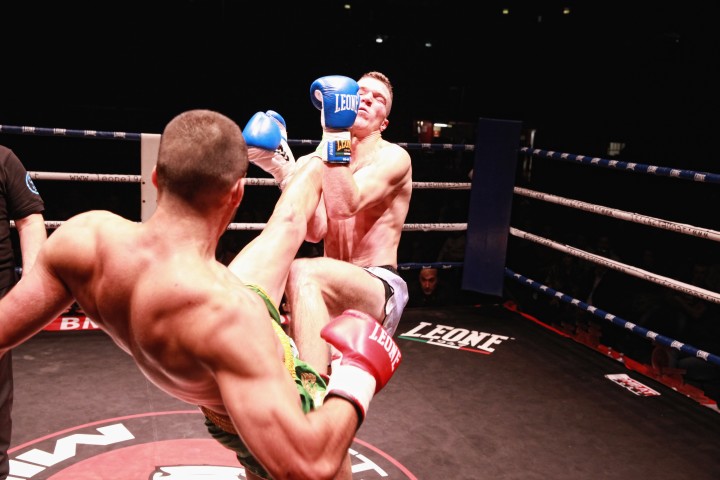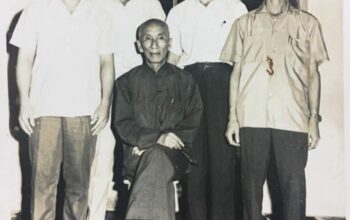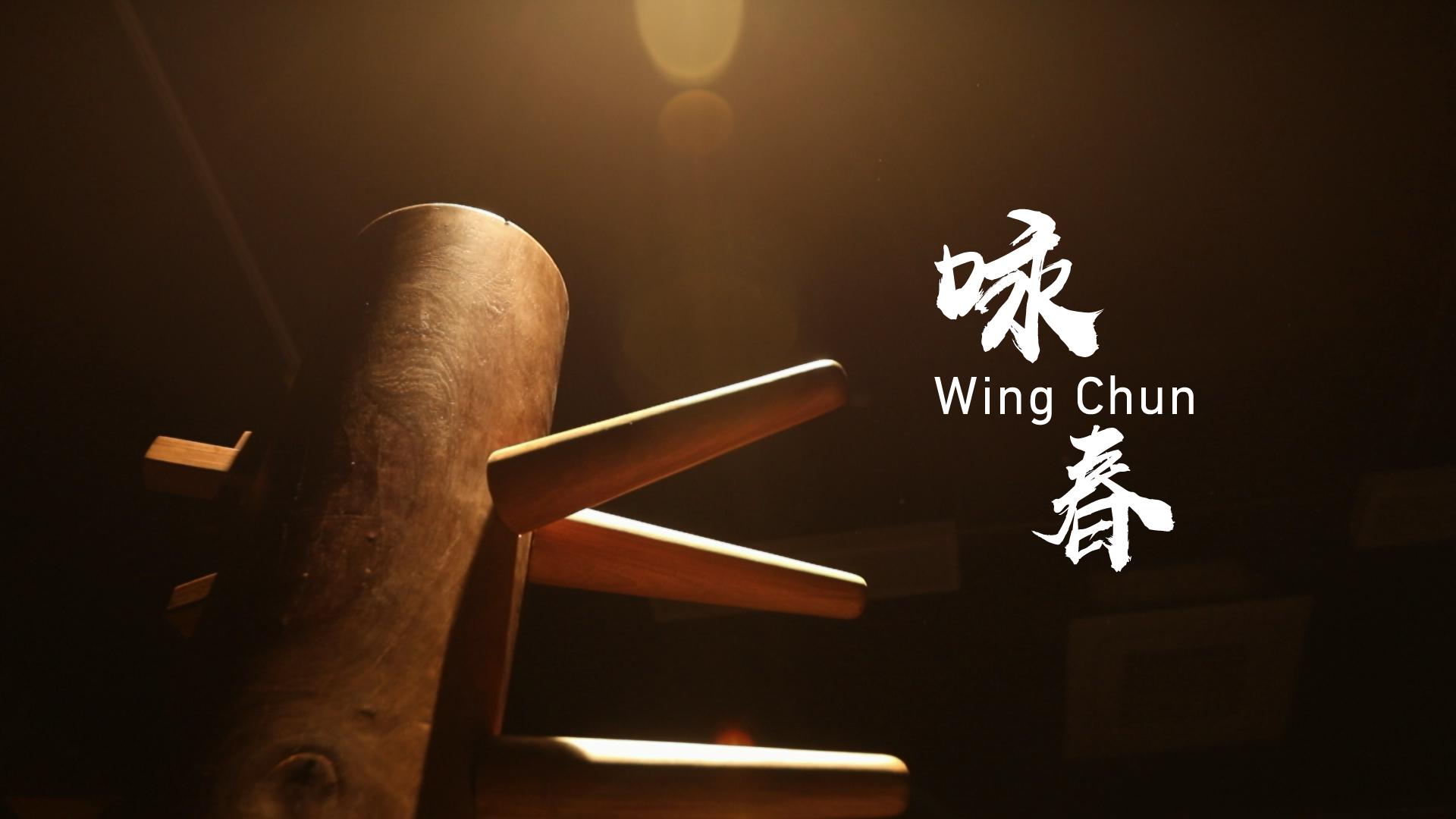How Wing Chun Deals with Kicks: Strategies and Techniques
Wing Chun, a traditional Chinese martial art known for its practicality and close-quarters combat effectiveness, employs a unique approach to dealing with kicks. While Wing Chun primarily focuses on close-range hand techniques, it incorporates specific strategies and techniques to effectively neutralize and counter kicks. This article aims to explore how Wing Chun deals with kicks and the principles behind its kick defense strategies.
- Intercepting and Jamming:
One of the key principles of Wing Chun’s kick defense is intercepting and jamming the incoming kick. Instead of attempting to block or evade the kick, Wing Chun practitioners aim to intercept and disrupt the kick’s trajectory. This is achieved by utilizing precise hand techniques to strike the opponent’s supporting leg or launch attacks at the same time as the kick.
By intercepting and jamming the kick, Wing Chun practitioners disrupt the opponent’s balance and timing, preventing them from generating power and following up with further attacks. This strategy allows the practitioner to maintain control of the fight and launch their counterattacks effectively.
- Close-Range Trapping:
Wing Chun’s close-quarters combat philosophy enables practitioners to swiftly move into the opponent’s space, limiting the effectiveness of their kicks. By closing the distance, Wing Chun practitioners negate the range advantage of kicks, forcing the opponent to adapt their tactics.
Close-range trapping is a key component of Wing Chun’s kick defense. Through skilled hand techniques, practitioners aim to control the opponent’s arms or limbs, neutralizing the threat of their kicks. By maintaining contact and controlling the opponent’s limbs, Wing Chun practitioners restrict the opponent’s kicking options, reducing their ability to execute powerful and accurate kicks.
- Low Line Attacks:
Wing Chun recognizes that kicks typically leave the upper body exposed, creating openings for counterattacks. Wing Chun practitioners exploit these vulnerabilities by launching low line attacks while defending against kicks. By targeting the opponent’s lower body, such as the groin or supporting leg, Wing Chun practitioners disrupt the opponent’s balance and diminish their kicking power.
Low line attacks can be executed through sweeping kicks, leg kicks, or strikes aimed at vulnerable areas. By effectively countering with low line attacks, Wing Chun practitioners discourage the opponent from relying too heavily on kicks and create opportunities for further offensive actions.
- Body Shifting and Footwork:
Wing Chun emphasizes efficient body shifting and footwork to evade kicks and maintain control during kick defense. Rather than relying solely on blocking or evading, Wing Chun practitioners utilize footwork techniques to position themselves advantageously and avoid the full impact of the kick.
By employing footwork patterns like sidestepping, circling, or shifting angles, Wing Chun practitioners create angles of deflection, causing the opponent’s kick to miss the intended target. These footwork strategies allow practitioners to move swiftly and smoothly, enabling them to counterattack effectively while minimizing the risk of being hit by kicks.
- Sensitivity Training:
Wing Chun’s sensitivity training, such as Chi Sao (sticky hands), enhances a practitioner’s ability to anticipate and react to incoming kicks. By developing tactile sensitivity and reading the opponent’s intentions through physical contact, Wing Chun practitioners can detect the subtle shifts in weight and body movements that precede a kick.
This heightened sensitivity enables Wing Chun practitioners to preemptively intercept or redirect the opponent’s kick, neutralizing its effectiveness and creating opportunities for counterattacks.
In conclusion, Wing Chun’s approach to dealing with kicks emphasizes intercepting, jamming, close-range trapping, low line attacks, efficient body shifting, footwork, and sensitivity training. These strategies and techniques enable Wing Chun practitioners to neutralize and counter kicks effectively while maintaining control and creating opportunities for their own offensive actions.







